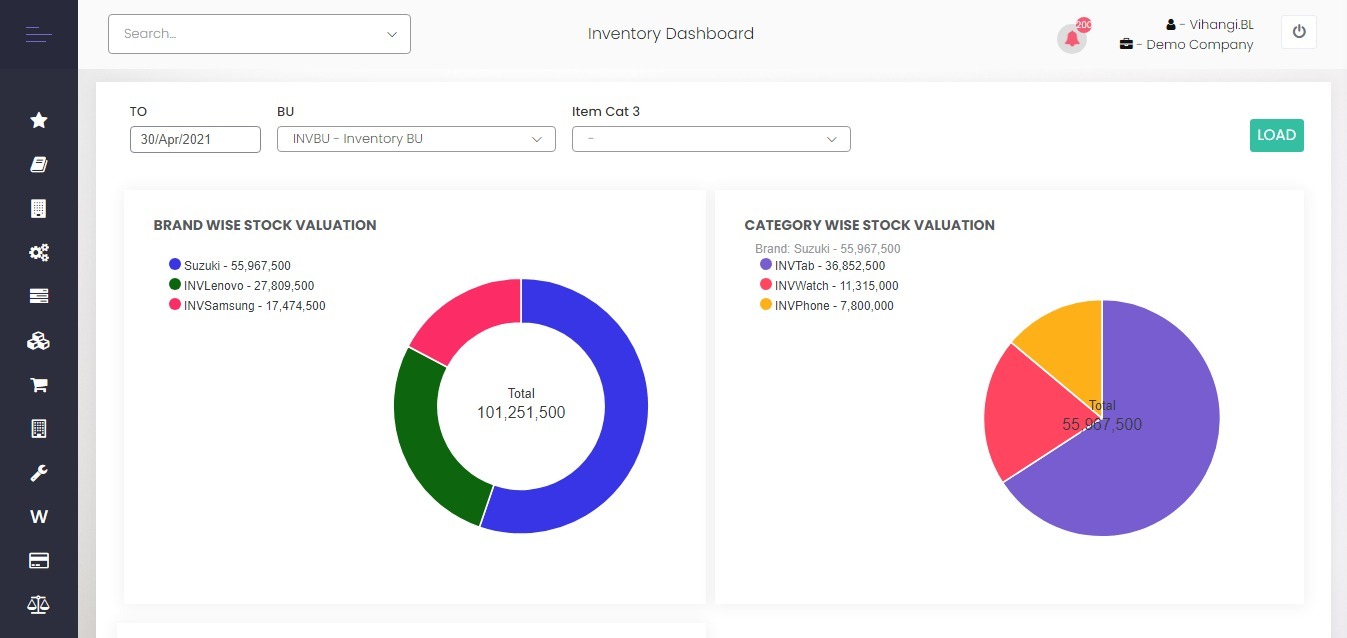
Improved visibility and control
Integrating ERP with Salesforce facilitates swift data flow between operations and customer interactions, offering a unified view of client information.
This transparency enhances internal communication, reduces data silos, and empowers teams to make prompt decisions, significantly boosting operational visibility and control.

















